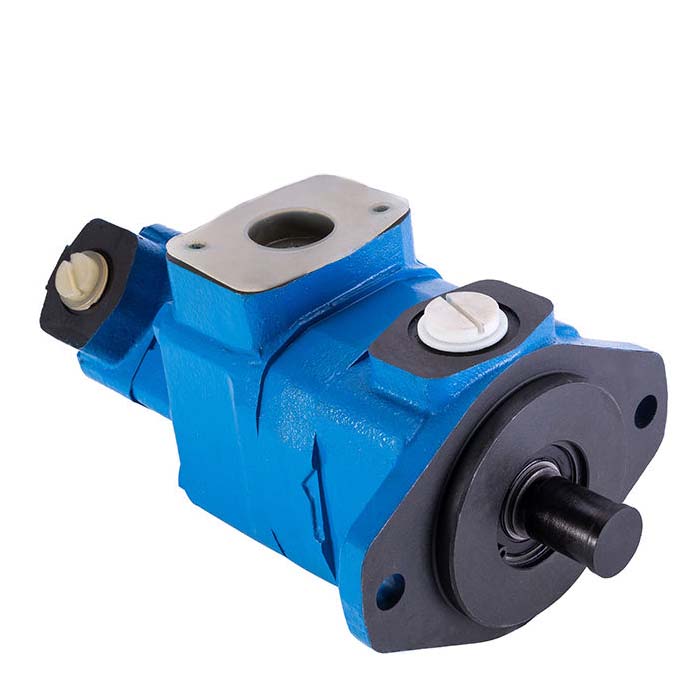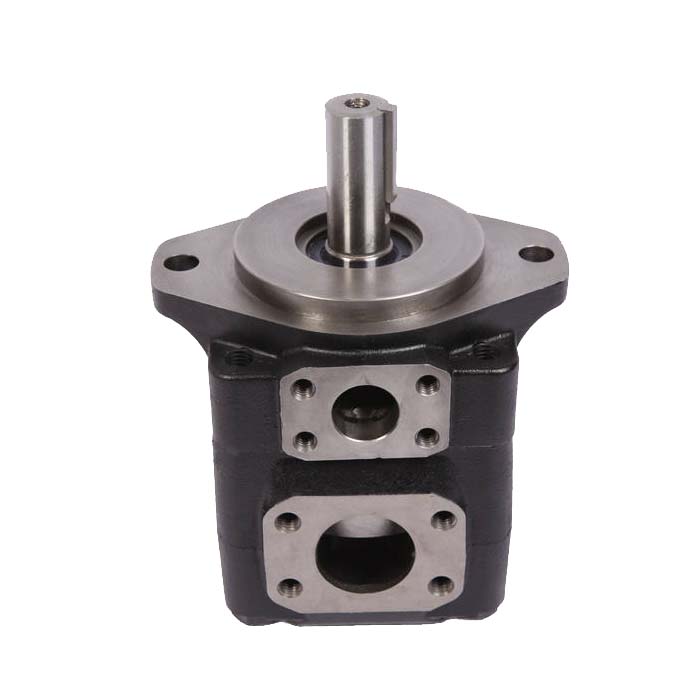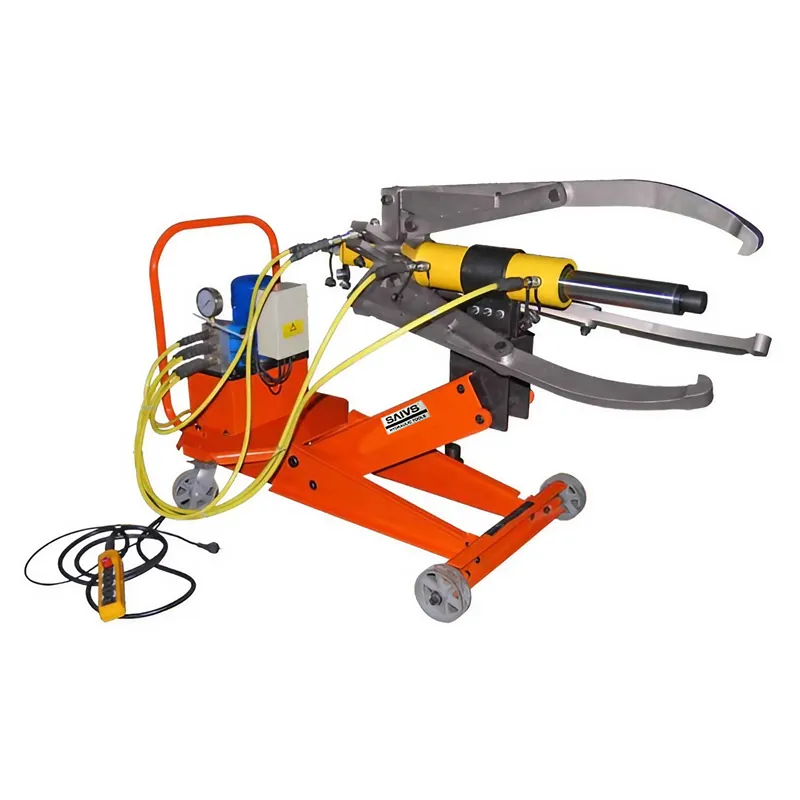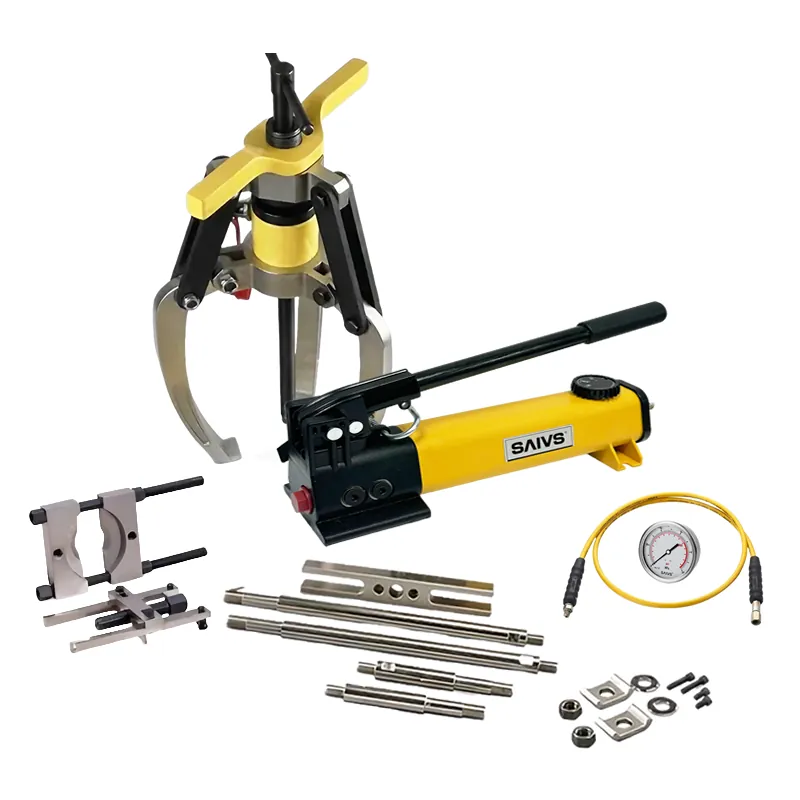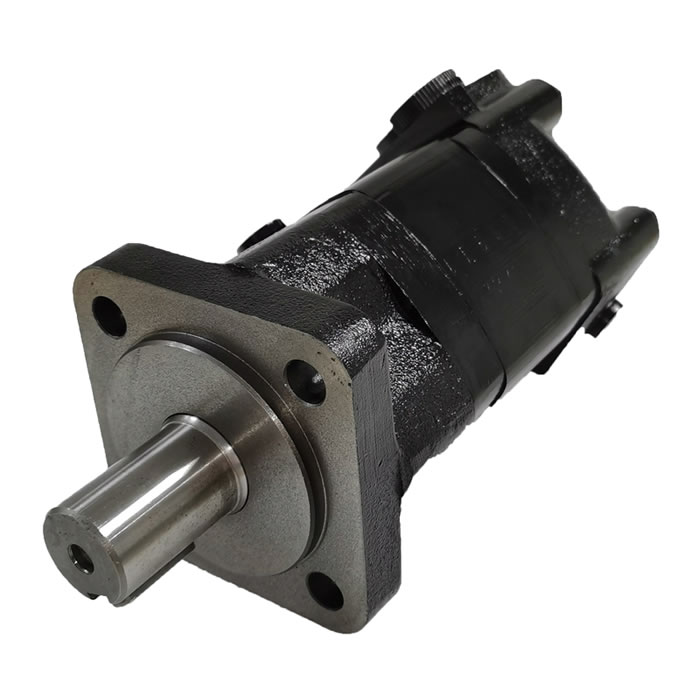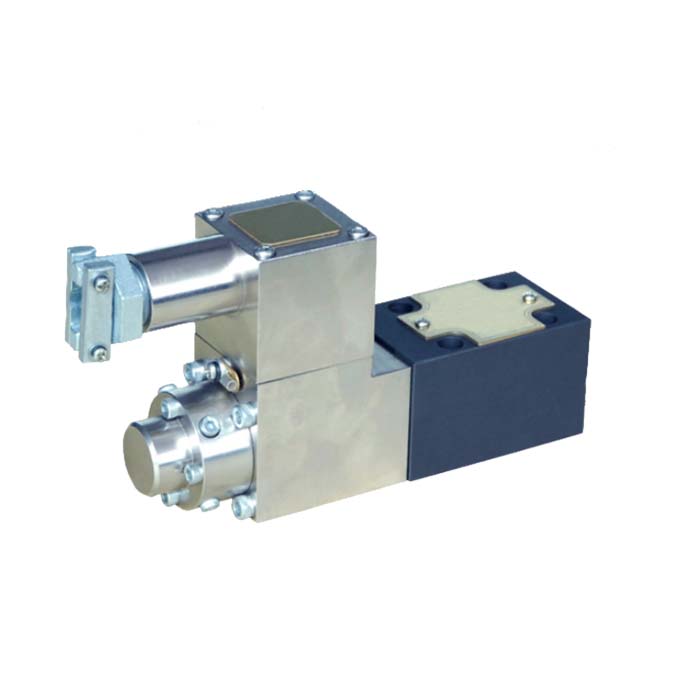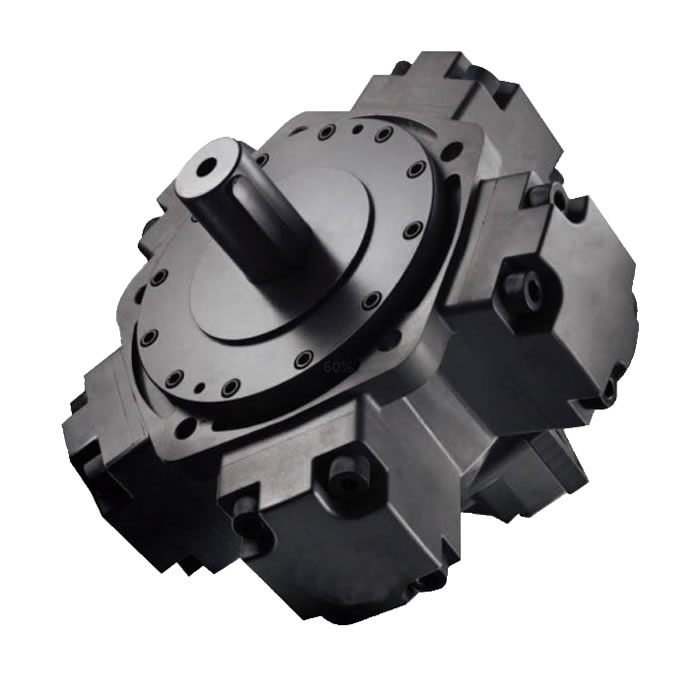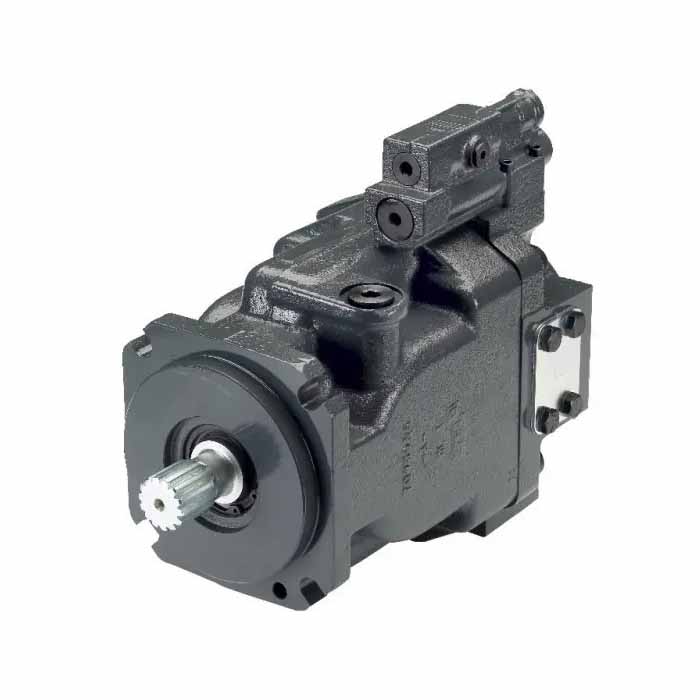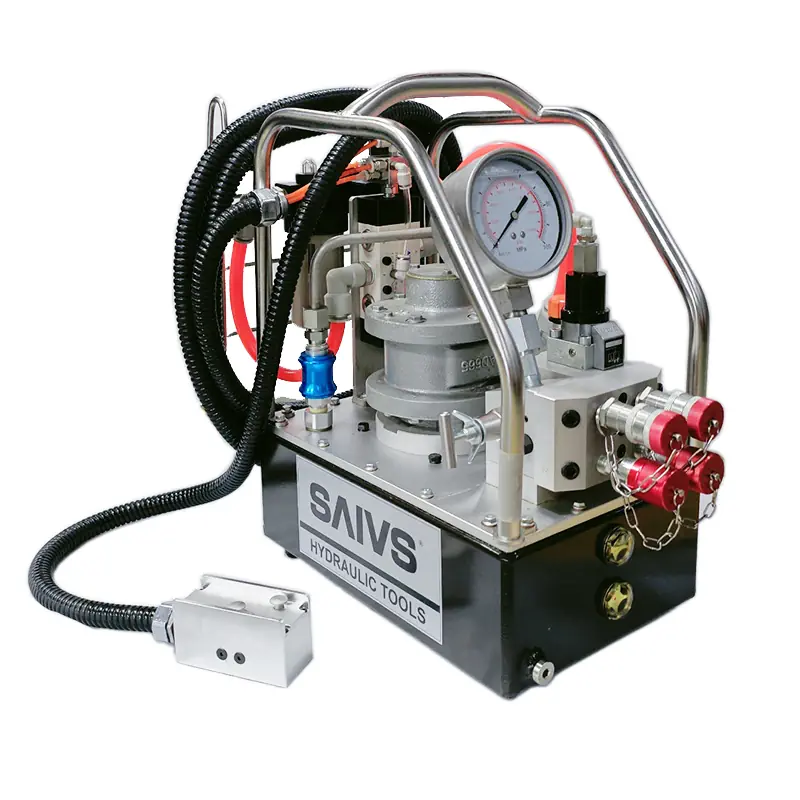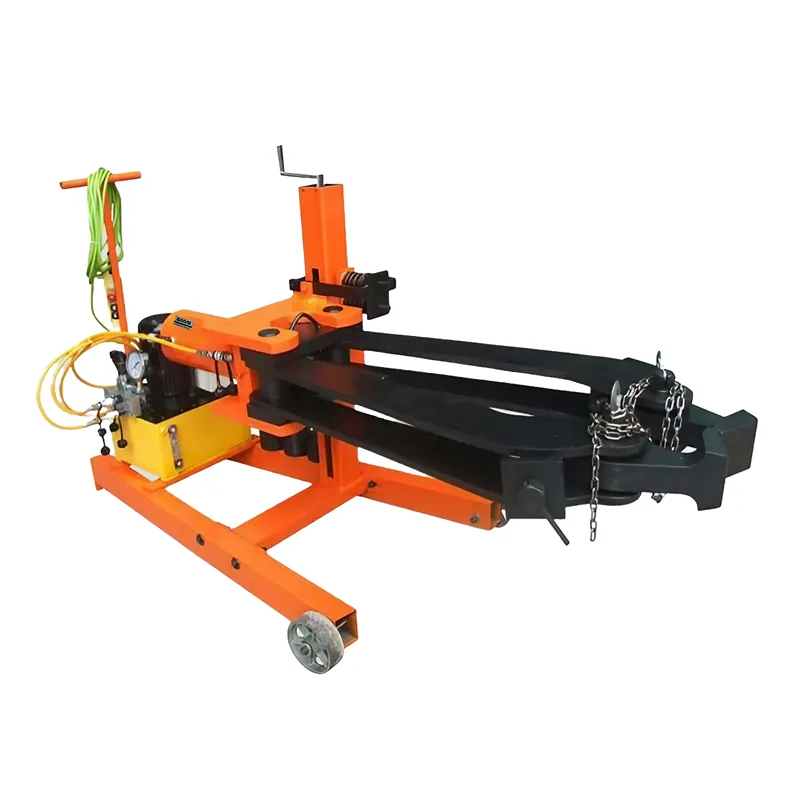Difference between single-acting vane pump and double-acting vane pump

Vane Pumps can be divided into single-acting and double-acting according to the number of actions.
1.The inner surface curve of stator of single-acting vane pump is round while that of double-acting vane pump is oval.
2.There are only two windows on the distribution pan of single-acting vane pump, while there are four for double-acting vane pump. The single-acting vane pump only completes oil suction and oil pressure once per rotation of the rotor, while the double-acting vane pump completes oil suction and oil pressure twice per rotation.
3.Single acting vane pump can be made into variable vane pump while double acting vane pump can only be made into fixed vane pump. The center of stator and rotor of single-acting vane pump has an eccentric distance, which lays a foundation for variable vane pump.
4. Because the suction and discharge cavities of single-acting vane pump each occupy one side, the rotor is subjected to the force of oil in the pressure chamber, resulting in unbalanced radial force on the rotor; The double-acting vane pump has two oil suction chambers and two oil pressure chambers, and the radial force acting on the bearing is balanced for the distribution of the shaft.
2. Advantages and disadvantages of double-acting vane pump and single-acting vane pump
1. Advantages and disadvantages of double-acting vane pump
The advantages of a double-acting vane pump are as follows:
(1) Uniform flow, smooth operation and low noise;
(2) The radial hydraulic pressure acting on the rotor is balanced with each other, so that the bearing has a long service life and good durability.
(3) Volumetric efficiency is high, up to 95%;
(4) High working pressure. At present, the working pressure of double-acting vane pump is 6.86~10.3MPa, sometimes up to 20.6MPa.
(5) Compact structure, small size and large displacement.
Disadvantages of double-acting vane pumps include the following
(1) The blades are susceptible to biting, poor reliability and susceptibility to oil contamination. Therefore, clean working environment and strict filtration of oil are required.
(2) Comparing with gear pump, the structure is more complicated and the parts manufacturing accuracy is required higher.
(3) The reliable speed of oil suction is required in the range of 8.3-25r/s. If the speed is lower than 8.3r/s, because of insufficient centrifugal force, the blades can not be close to the inner surface of the stator and a well-sealed enclosed volume can not be formed, thus oil can not be absorbed. If the speed is too high, because the oil suction speed is too fast, cavitation will occur, oil can not be sucked up, or oil suction is discontinuous.
2. Advantages and disadvantages of single-acting vane pump
Compared with double-acting vane pump, single-acting vane pump has adjustable pump flow rate. The suction and pressure circuit can be reversed. The radial force of rotor is unbalanced and so on.
(1) The pump flow can be adjusted. Changing the eccentricity between stator and rotor can change the amplitude of each seal volume, thus changing the pump displacement and flow rate.
(2) The suction and pressure circuits can be reversed. When the eccentric direction of rotor and stator is opposite, the direction of oil suction and pressure of external oil circuit is opposite, so the direction of oil suction and pressure circuit can be changed.
(3) The radial force of the rotor is unbalanced. Due to the eccentric installation structure of stator and rotor, the rotor of hydraulic pump is subject to unbalanced radial force, so this pump is generally only used in low pressure variable applications.
Most single-acting vane pumps are low-pressure variable displacement pumps with a maximum working pressure of 7 MPa.

